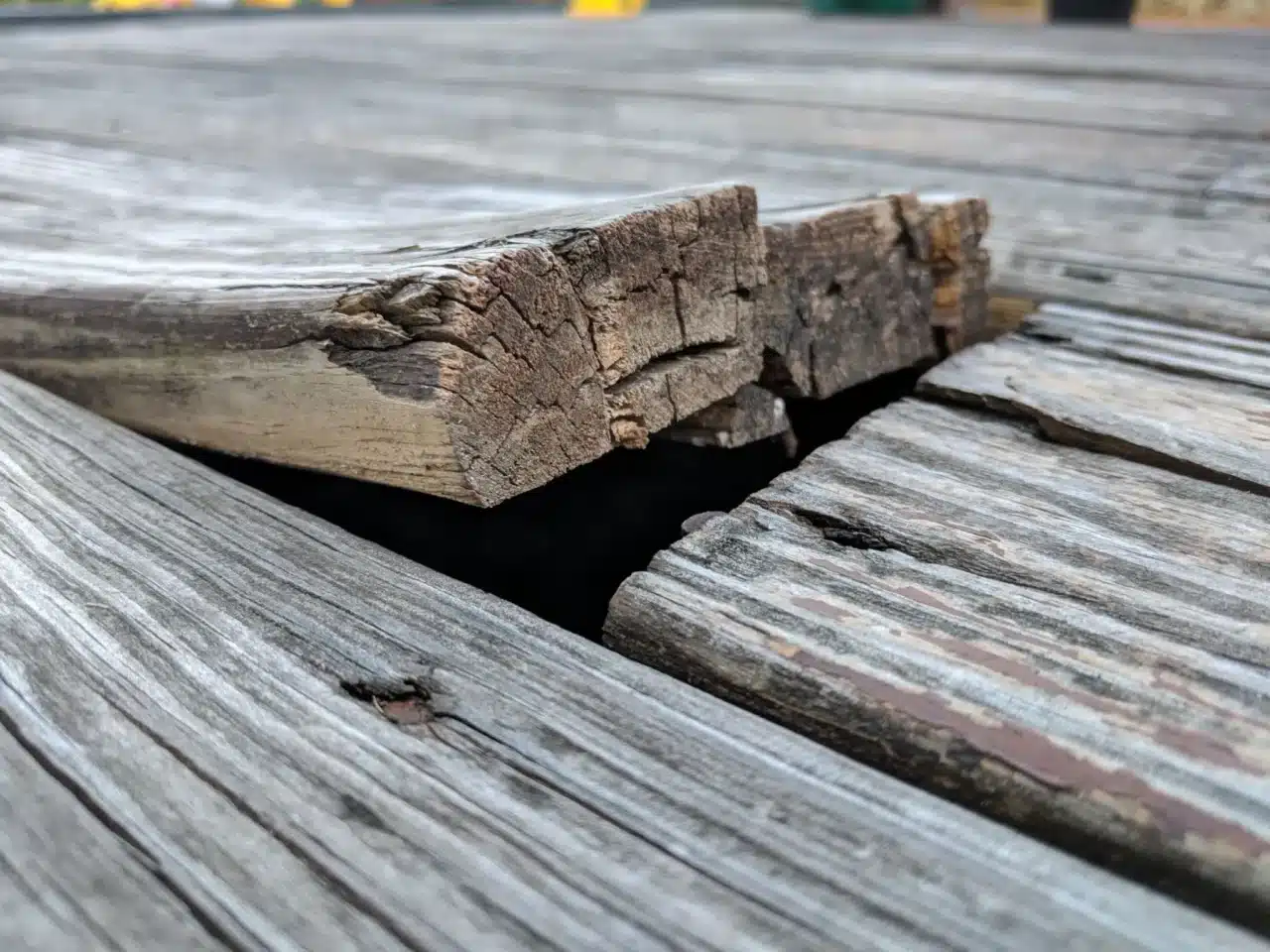A well-built deck can be a valuable addition to your home, providing a versatile outdoor space for relaxation, entertainment, and enjoyment. However, the longevity of your deck depends on various factors, including materials, construction, climate, and maintenance. Keep reading to learn how long your deck can last and maintenance tips to extend its lifespan.
Factors Affecting Deck Longevity
Deck Materials
- Pressure-Treated Wood: Pressure-treated wood is a common choice for deck construction. With proper maintenance, it can last anywhere from 15 to 25 years, depending on the quality of the wood and climate conditions.
- Cedar or Redwood: These natural wood options are naturally resistant to decay and insects. With regular maintenance, they can last 20 to 30 years or more.
- Composite Decking: Composite decking materials, made from a combination of wood fibers and plastic, are known for their durability and low maintenance. A well-maintained composite deck can last 25 to 30 years or longer.
- Exotic Hardwoods: Exotic hardwoods like Ipe and Cumaru are incredibly durable and can last 30 years or more. They require less maintenance than pressure-treated wood.
Climate and Environmental Conditions
Decks in regions with harsh weather conditions, such as extreme heat, cold, humidity, or frequent freeze-thaw cycles, may experience more wear and tear. Proper sealing and maintenance are essential in these areas.
Quality of Construction
The quality of the deck’s construction and installation plays a significant role in its longevity. Properly built decks with secure foundations tend to last longer.
Maintenance and Care
Regular maintenance and care are key to extending the lifespan of your deck. Neglected decks are more prone to deterioration and structural issues.
Maintenance Tips to Extend Your Deck’s Lifespan
- Regular Cleaning: Clean your deck at least once a year to remove dirt, debris, and mildew. Use a deck cleaner and a scrub brush or pressure washer for effective cleaning.
- Sealing and Staining: Apply a high-quality sealant or stain to protect the wood or composite material from moisture, UV rays, and wear. Reapply as recommended by the manufacturer.
- Inspect for Damage: Periodically inspect your deck for signs of damage, including loose boards, nails, or screws. Replace or repair any damaged components promptly.
- Trim Vegetation: Trim back trees, shrubs, or vines that come into contact with your deck. Foliage can trap moisture and lead to decay.
- Preventative Measures: Use furniture pads or feet protectors under heavy furniture to prevent scratching and indentations on the deck surface.
- Keep the Area Clean: Remove leaves, branches, and other debris from your deck regularly. Accumulated debris can trap moisture and lead to rot.
- Check for Signs of Rot: Pay close attention to areas where water may accumulate, such as around posts and under potted plants. Check for signs of rot and address them promptly.
- Regularly Inspect Railings and Balusters: Ensure that railings and balusters are secure and in good condition. Loose or damaged railings can pose safety hazards.
- Consider Professional Inspection: If you’re uncertain about the condition of your deck or if it’s been several years since a professional inspection, consider hiring a deck contractor for an evaluation.
Decks from North American Deck and Patio
The lifespan of your deck depends on various factors, but when it’s time for a deck replacement in MD, look to the decking experts of North American Deck and Patio. We have over 25 years of experience and can deliver exceptional decks built to last. Contact us today for a free consultation.


